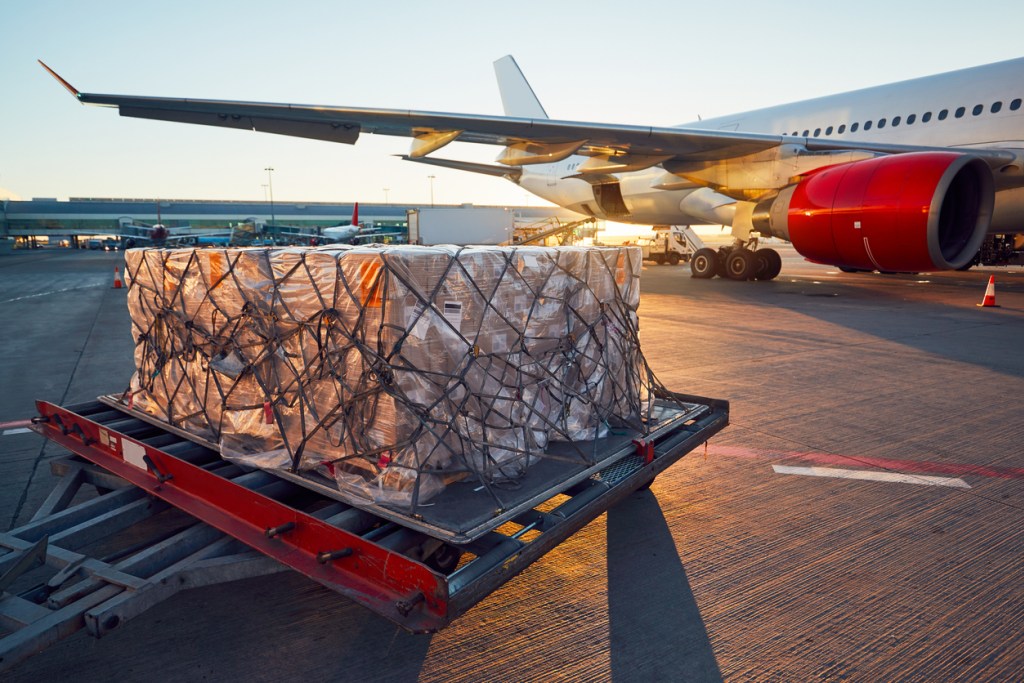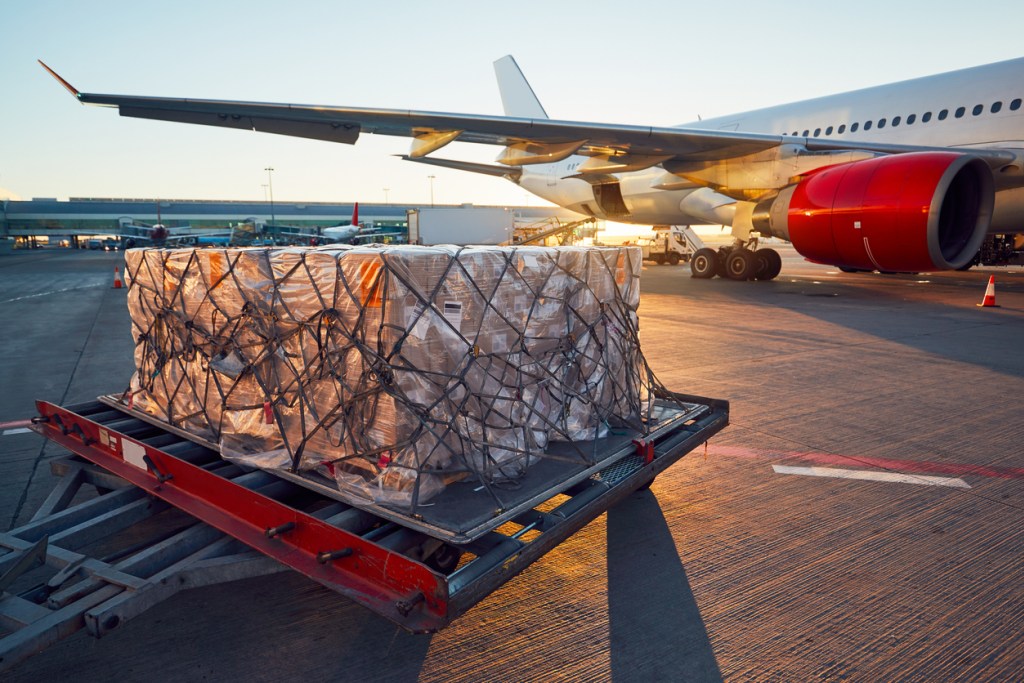Temperature-controlled shipping is nothing new, yet there’s always lots to consider, as each shipment is unique – especially if you want to make the most cost-effective choices. Evidently, packaging is key here. Read on to discover our tried-and-tested tips for getting your product from A to B at the right temperature every time!
1. Thermochromic ink
We know what you’re thinking: what does ink have to do with temperature-controlled shipments? Well, some packaging designers are having boxes and labels printed with thermochromic ink because it changes color when the product in question is shipped or stored at the wrong temperature. This safety measure is particularly popular with the pharmaceutical industry at the moment but other sectors will likely follow suit in the near future.
2. Mind the insulation material
Before you consider which type of container you’ll pick, it’s best to make inquiries about the insulation material that will be used for shipping. Plastic liners and Styrofoam pads can be combined with most, if not all, types of containers, but some carriers opt to use gel refrigerant packs to avoid the risk of chilling damage or dry ice because the shipment needs to remain frozen.
3. Temperature-controlled shipping: think about the box
 Many types of containers are suitable for temperature-controlled shipping. (As we already explained, though, whether you can use them or not depends on the type of insulation material involved.)
Many types of containers are suitable for temperature-controlled shipping. (As we already explained, though, whether you can use them or not depends on the type of insulation material involved.)
- Cheap and easy to seal, wrap and stack, cardboard boxes are arguably the most popular option for temperature-controlled products. Mind you, while carboard is compatible with gel refrigerant packs (provided the box is wrapped in plastic) it is no candidate for dry ice (which cannot be wrapped).
- If you’re shipping produce, plastic containers are the way to go, as they’re perfect for keeping out excess moisture.
- Also commonly used are wooden boxes, which are even considered the safest option for frozen food shipments – yes, they’re compatible with dry ice!
- Styrofoam boxes are great insulators and sturdy enough to ship without extra precautions. Talk about a two-for-one deal!
Inspired by Freight Quote

